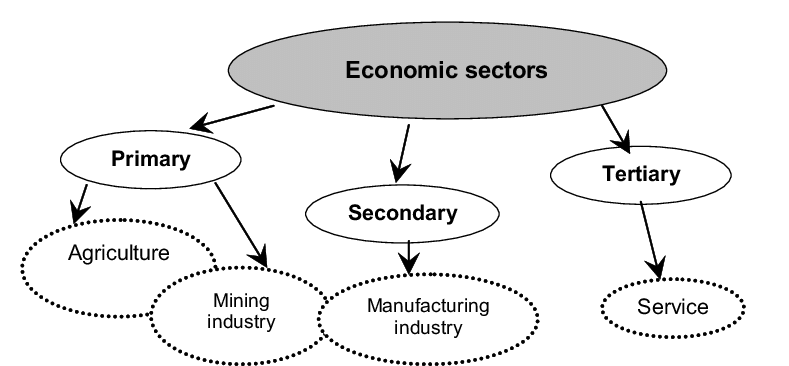ECONOMIC DIVISION
Economic divisions refer to the various ways an economy is segmented or categorized
to understand better and manage its components.
These divisions can be made based on several factors, including economic activities,
income levels, and sectors. Here are some key economic divisions:
ECONOMIC DIVISION
-
Production: This refers to the creation of goods and services to satisfy human wants. It involves combining various resources to produce items that are useful and desired by consumers.
-
Distribution: This entails the process of making goods and services available to consumers. It includes the transportation, marketing, and delivery of products from producers to end-users.
-
Consumption: This is the act of using goods and services to satisfy needs and wants. It represents the end point of economic activity where the produced goods are utilized by individuals or groups.
-
Exchange: This involves the trading of goods and services between individuals or entities. It can occur through barter systems or monetary transactions, facilitating the movement of products in the economy.
-
Savings: This refers to the portion of income not spent on consumption. It is set aside for future use, investment, or unforeseen expenses, playing a crucial role in financial planning and economic stability.
-
Investment: This is the allocation of resources, usually money, into ventures, assets, or projects with the expectation of generating profit or income over time. It is essential for economic growth and development.

